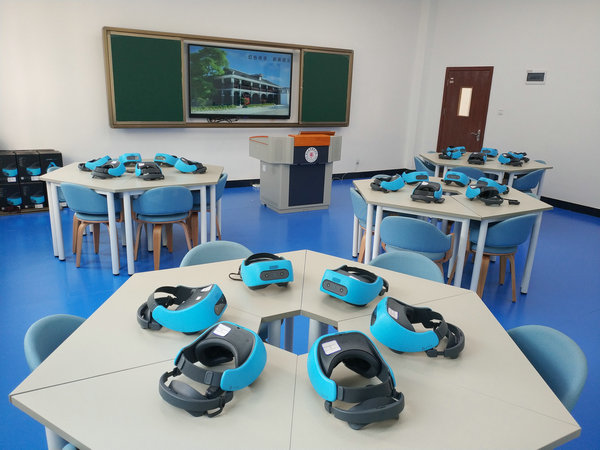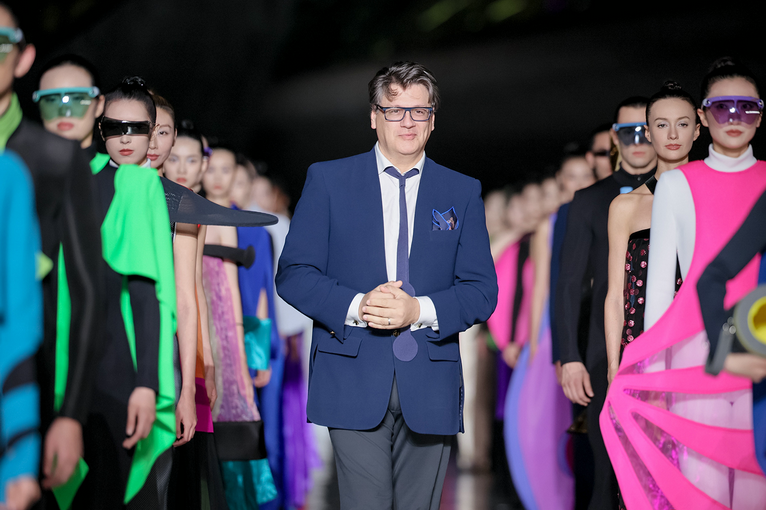Total immersion


A physical aid
Psychology is another VR application.
The Ministry of Education has listed high on its agenda the need to push schools and colleges to set up psychological-treatment rooms.
Xu cites the example of using VR to help people overcome their fear of public speaking. Wearing the headsets, students can speak on a simulated stage surrounded by an audience that can respond to the speaker as in a real-life situation while the speaker's reactions are recorded.
VR can also be used to treat people with suicidal tendencies, insomnia and depression.
"There is much demand among schools for this kind of VR room for psychological treatment," Xu adds.
Although the advantages of VR learning are obvious-it enables students to study in immersive environments that they would not be able to access in reality-creating content for VR lessons is still difficult for teachers, says Cheng Cong, an expert on VR education.
Cheng says that out of 400 schoolteachers from Beijing and Shanghai undergoing training on creating VR content for lessons this year, about 100 gave up and left the program after a few days. Most told Cheng that they couldn't handle it.
"Most VR classrooms in schools now work as experience centers for students to learn about the technology. It takes time to apply it to lessons," says Zhou, a professor at Beijing Normal University, who has focused on VR education for 20 years.
Zhou says it has taken about 20 years for people to accept and use classrooms equipped with computers for online learning. VR learning is still in its infancy, and it will take time for teachers and students to get used to it. However, the time frame for its adoption is likely to be shorter.
It will complement existing learning tools rather than replace books, videos or computers, says Zhou.
"A future array of educational tools is coming, and we teachers are striving to take the lead in this field."




































